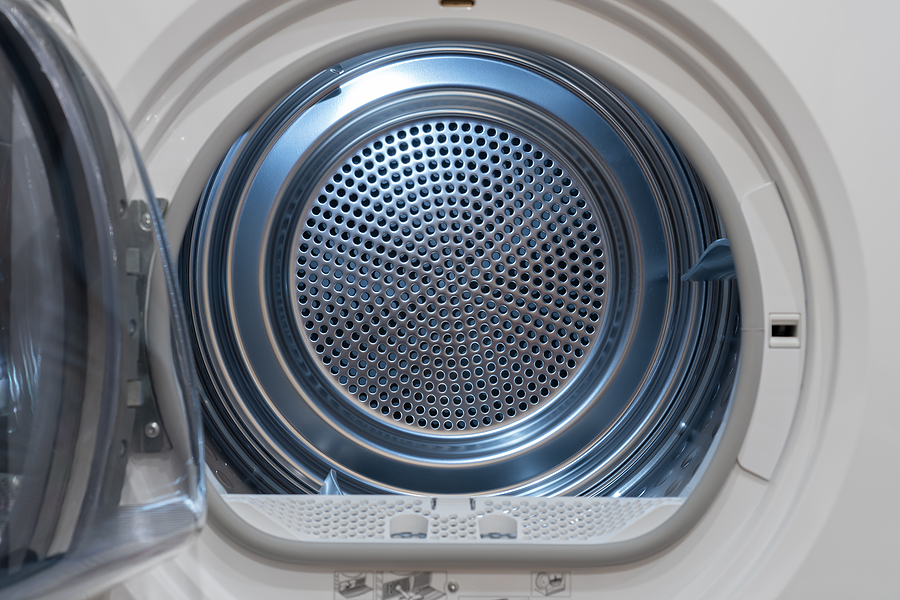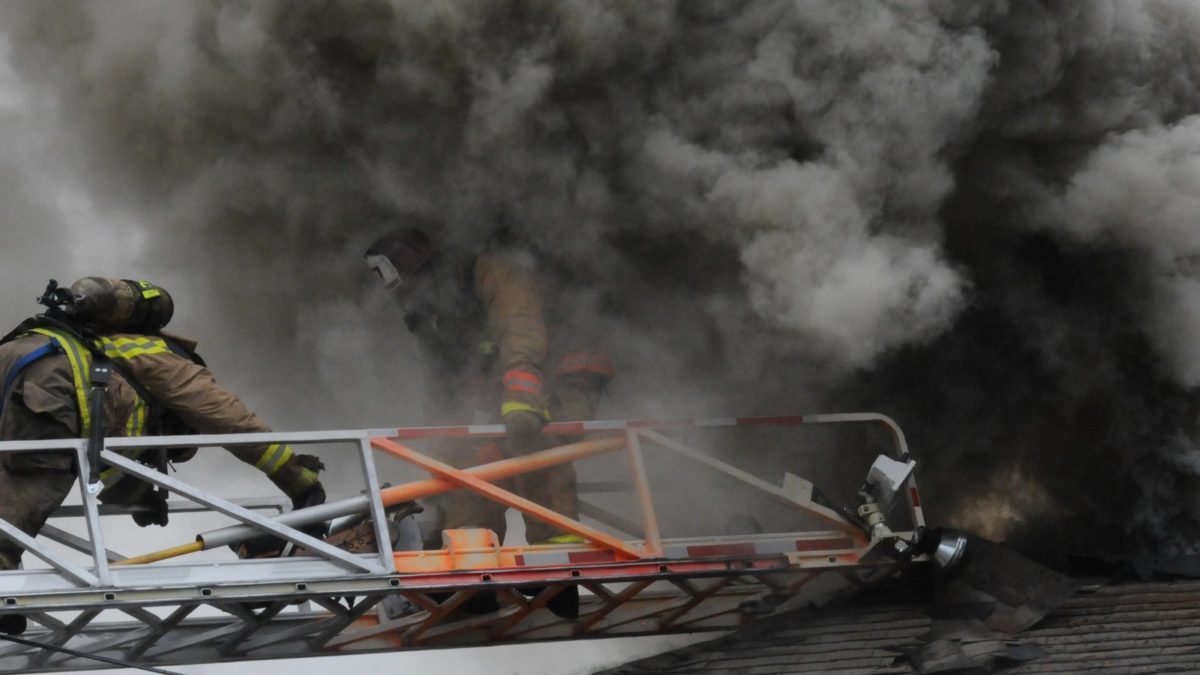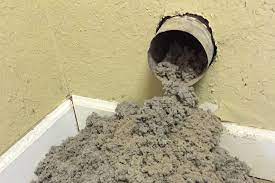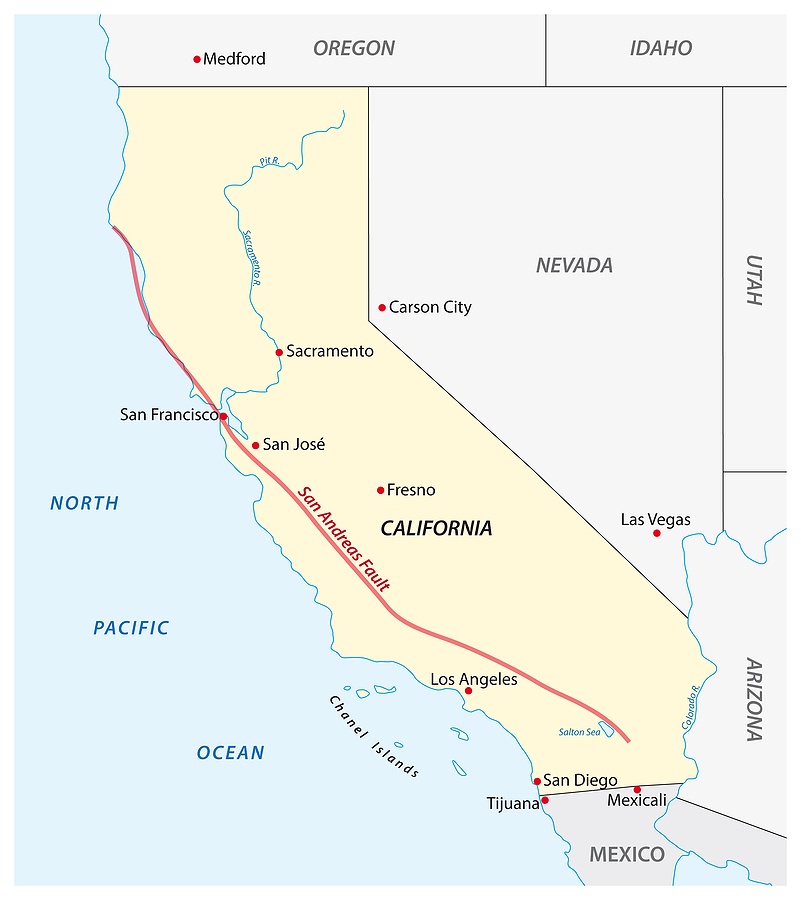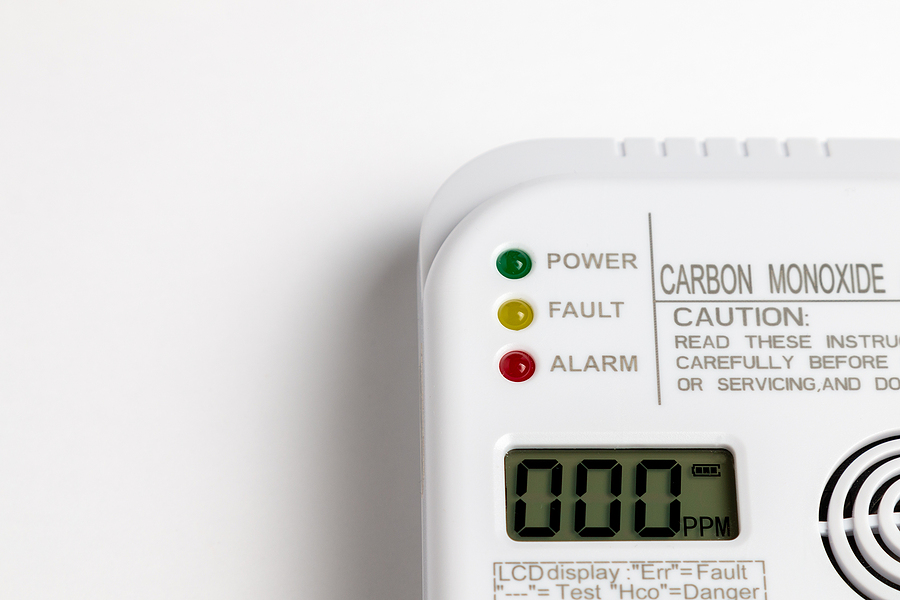Read on to find out what to expect from dryer vent cleaning experts – and learn about how these services guarantee better performance!
Did you know that firefighters respond to about 13,820 house fires caused by dryers every year? These unfortunate and dangerous accidents often cause fire-related injuries and cost a great deal of money in property loss. What’s more, they are often preventable: 34% of the time, these fires are often the result of simply not cleaning the dryer vent. To keep your dryer safe and running smoothly, schedule a dryer vent cleaning experts services at least once a year for a thorough cleaning and inspection.
Expect a Thorough Cleaning
With professional services, you will get a deeper and more thorough cleaning than you would from cleaning the dryer yourself. That’s not to say you shouldn’t still clean your Orinda dryer vents regularly – doing so will keep buildup and clogs to a minimum – but professionals have the specialized equipment and techniques to extract a high volume of lint and dust. Clean dryers can dry clothes faster, run on less energy, and last longer than dirty dryers.
Expect High-Quality Equipment & Techniques
Professionals have been trained to use specialized equipment that can reach every nook and cranny in your Orinda dryer vents and ducts. The process usually involves a flexible vacuum brush, snake brush, or suctioning tool, which can reach inside the dryer vent and collect all of the debris within. After the cleaning, technicians perform an inspection using a digital airflow meter to ensure that the airflow has improved.
Expect Improved Fire Safety
Lint is essentially kindling sitting in the hot environment of the dryer vents. By keeping ducts and vents free of lint, dust, and debris, there is a greatly reduced chance of fire. Without anything to ignite, sparks won’t catch. Professional cleaning services are an investment in the fire safety of your home.
Expect High-Quality Results
Clean and maintained dryers work better, faster, and last longer. Though maintenance requires foresight and action, it offers long-term benefits for your household appliances. After dryer vent cleaning experts services, you can expect improved performance, faster drying times, reduced energy usage, reduced damage to your dryer, and reduced wear and tear on your clothes on each cycle.
Signs your dryer vents and ducts need cleaning:
- It takes more than one cycle to fully dry clothes
- Clothes smell musty after going through a dryer cycle
- The laundry room feels hot or maybe damp while the dryer is running
- Clothes are too hot to touch at the end of a cycle
- The dryer sheet picks up sour or musty odors
Schedule a Dryer Vent Cleaning Experts Now
The Irish Sweep specialists can get deep into your vent system where most household cleaning methods can’t reach, so you can enjoy a safer and more effective system for years to come. Our top priority is safety and we customize our services with our client’s best interest at heart. To schedule an appointment with an expert, call us at (510)521-4088, or use this simple contact form by clicking here.

